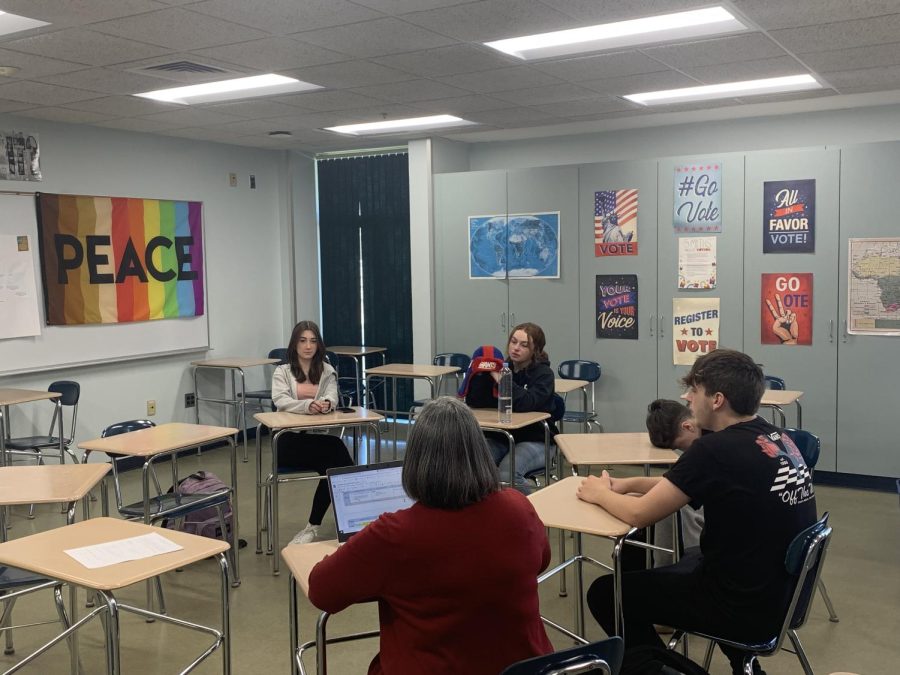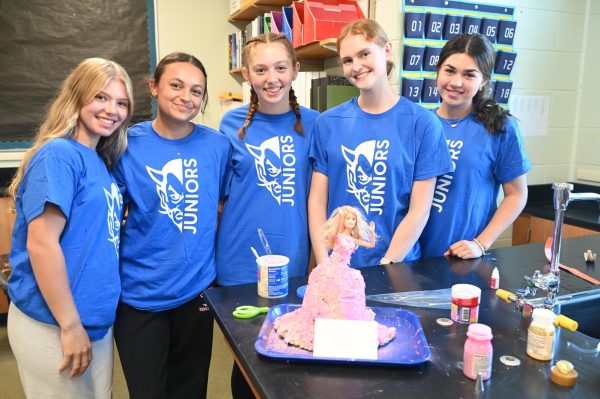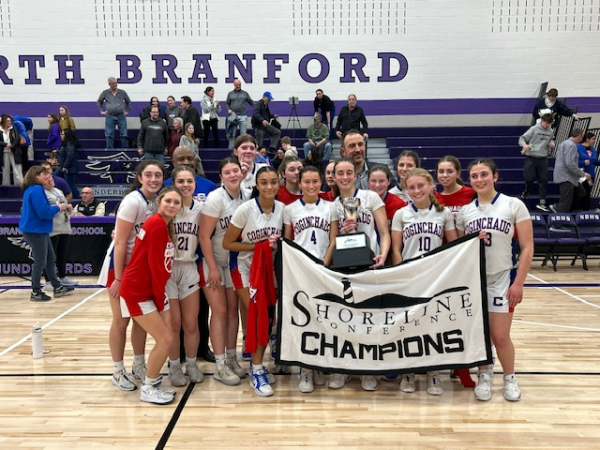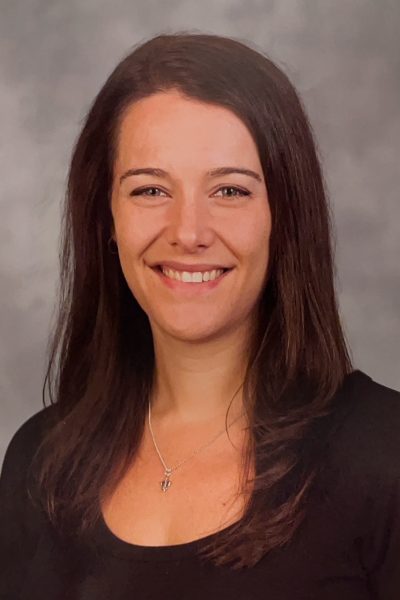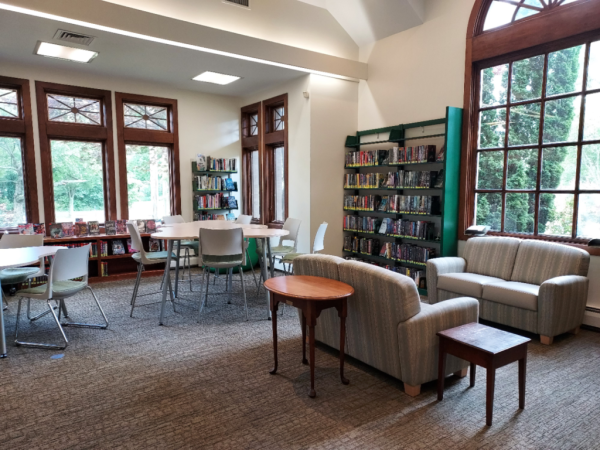American Voices and Identity Class
The American Voices and Identity class, taught by Julie Lagace, a History teacher and Lisa Mishriky, an English teacher, has been around for a couple years at Coginchaug Regional High School. In the school Program of Studies, the purpose of the course is to, “explore the idea of equity as defined by social constructions of race, gender and individualism in our modern society.”
American Voices starts by asking individuals about their own identity, asking them to look inward on experiences with their own identity and how it may relate to others in the class. Students learn how to define important terms that are normally brought into the inclusion conversation, like bias or privilege, and how they physically impact our societal structure. Towards the end, the scope of the class opens up and students talk about how systems cause differences in race, gender and sexual orientation.
There is no class that matches the structure of American Voices. The majority of class time is spent with students freely talking about the concepts they learn about and relating them to their personal experiences.
The class does read a book, called The Other Wes Moore, by Wes Moore. The story follows two men with the same name, who come from similar backgrounds, and end up in very different lives. The author, who is currently running for the Governor of Maryland, went to military school and became very successful. The other Wes Moore is spending his life in prison after robbing a bank.
Mrs. Miskriky mentioned that in the class you, “[use] a lense of history and literature and some sociology to think about individual identities and then group attitudes and behaviors, then society and institutions.”
Mrs Lagace said it makes you “look at yourself as an individual and what your beliefs are, but also how that fits in with the groups you fit in to and institutions.”
Students thought that the class taught them about important social structures and psychological reactions.
Hannah Wright, a Junior who is taking the class, said that she likes how the class teaches history of the topics discussed and then “explains why people do things or act certain ways” and the class “shows how stereotypes and bias change.”
Taylor Connell, a sophomore said “it’s made me think about current events, especially in our town, in a different way and how implicit bias is the root of the problem.” Mrs. Miskriky added that, “as a teacher, I like seeing how the course content lines up with the community and the school and hearing from the students..its something I otherwise wouldn’t really know.”
Molly Edwards, a Senior, said that “it opens up a whole new lens of topics and brings awareness to them.”
In terms of the open structure of the class, with students leading conversation, the class overwhelmingly liked the structure. Paige Jackson, a Sophomore, said “I feel like talking out in the open makes you get out of your shell and makes you more comfortable with voicing your opinion, no matter what it is.” She also said,“it’s good that people have open conversations in this class and it should be that way in every other class.”
John Coady said, “The open class environment gets people thinking about subjects and I feel like you really engage your curiosity.” He also said, “It causes deeper thinking.”
Considering recent community events, this class might be a good way for students to educate themselves on the topics of race, gender and sexuality. It combines elements of History, Psychology and English to show students how the structures and systems of society may cause bias. It encourages deeper thinking and self reflection.
(Note: The author is currently a student in the class).

